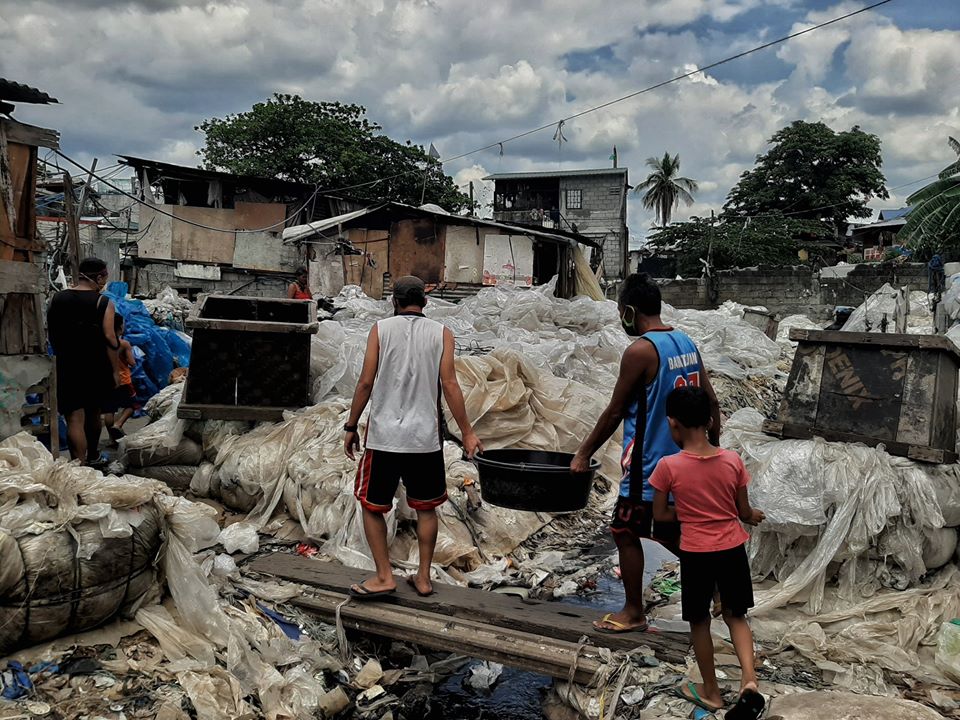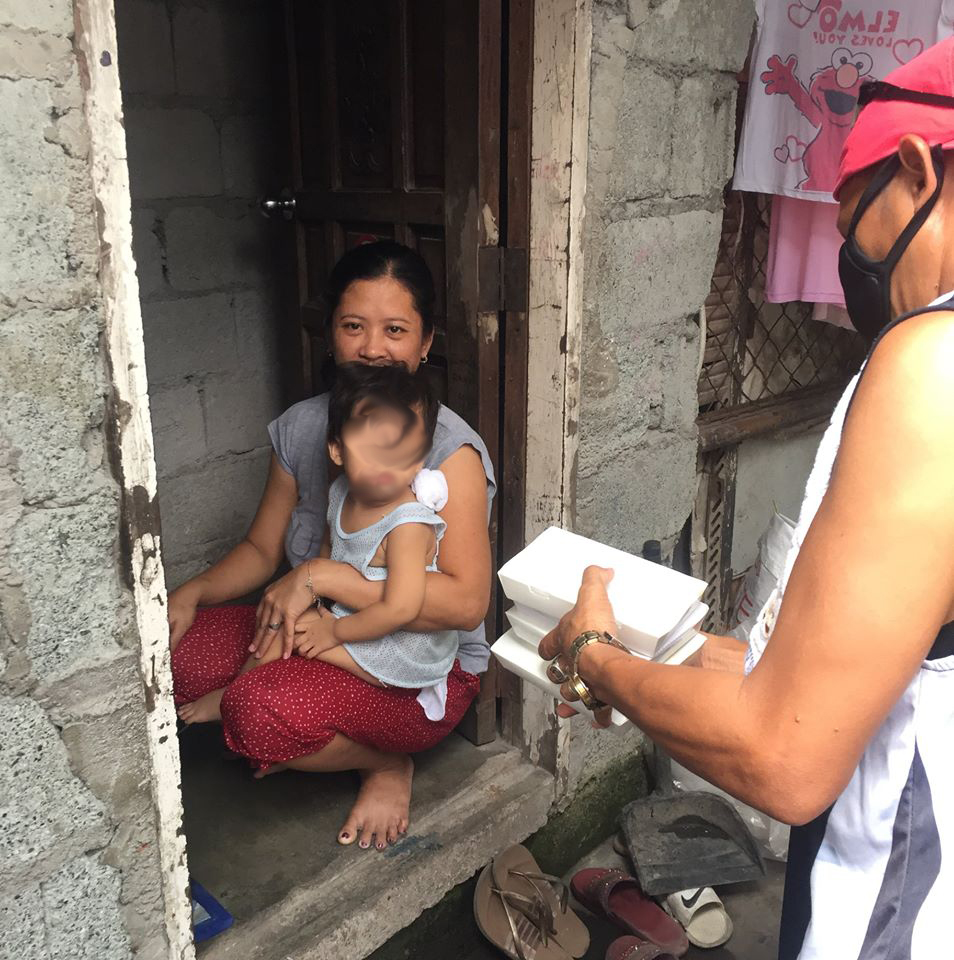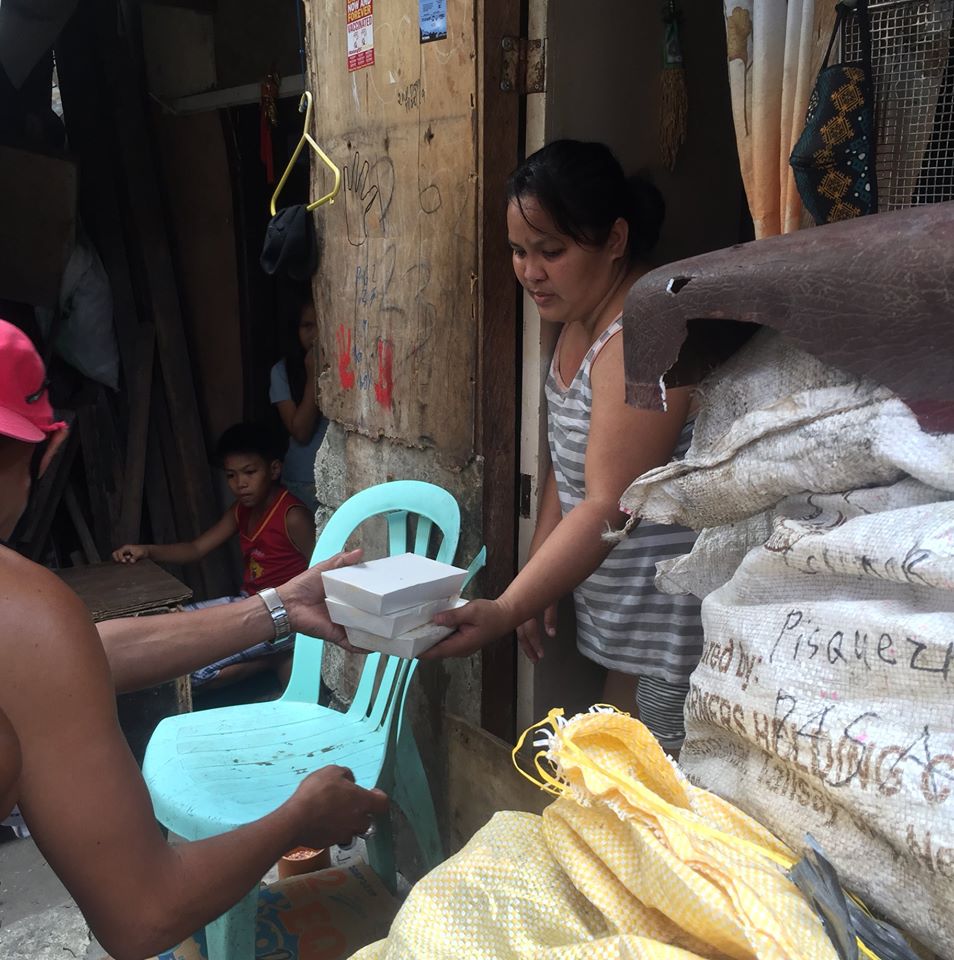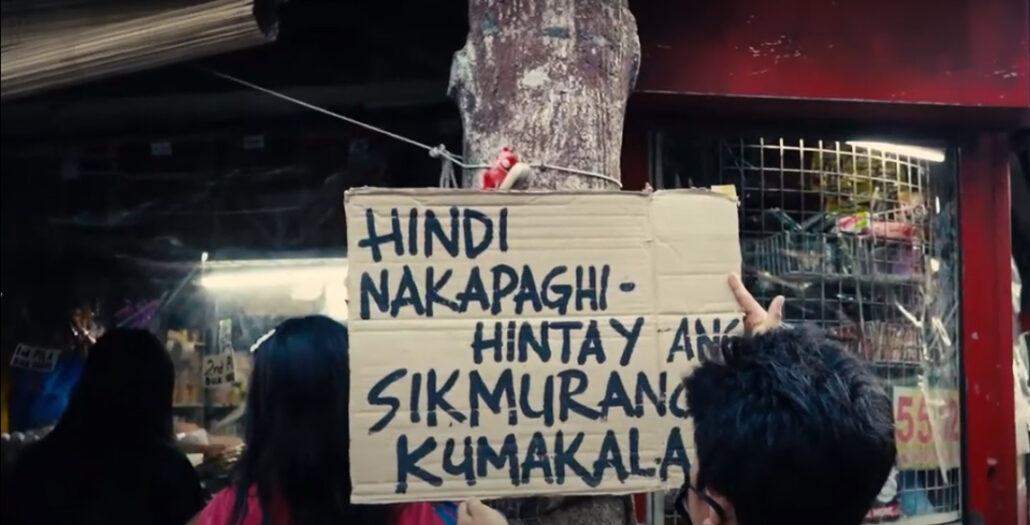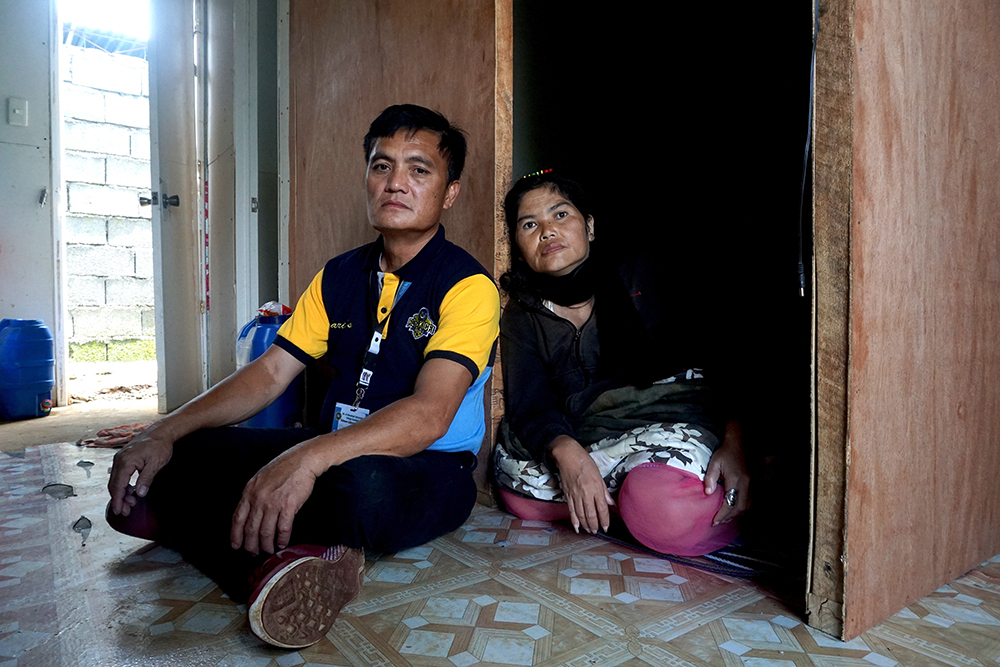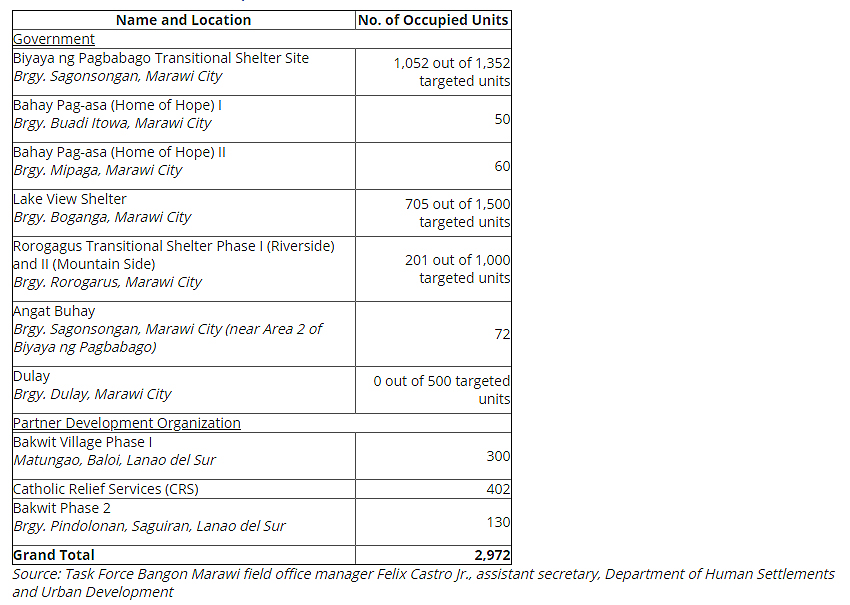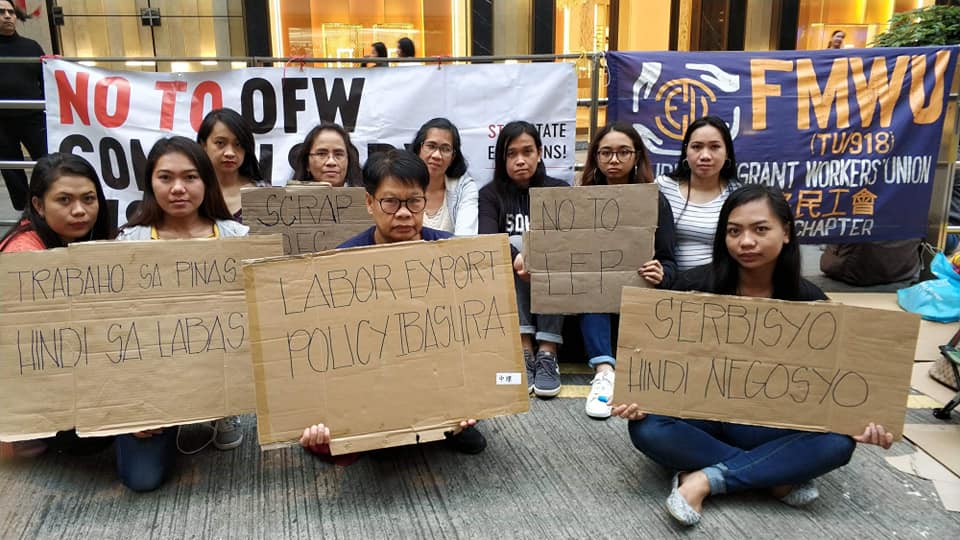Covid 19, the Neo-liberal policies and Chinese Imperialism (Part2)
By Prof. Edberto Malvar Villegas, PhD
(This article is presented in two parts and will be given in three posts. The first part covers “Covid 19 in the Phillippines”, “The Imperialist Neo-Liberal Policies of the IMF-WB-WTO”, and the “The Neo-Liberal Policies and US Overproduction”. The second part comprises “The Emergence of Chinese Imperialism”, “China’s AIIB”, “China’s Debt Trap”, “The US-China Rivalry and Covid 19” and the “Conclusion”. While the rapid spread of Covid 19 in the Philippines is due to its poor health system because of the policies of the IMF-WB, the virus was directly caused by the easy entry of Chinese nationals into the country due to the too open accommodation of the Duterte’s administration of Chinese imperialism.)
The Emergence of Chinese Imperialism
China entered into the global trade during the period of Deng Xiaoping, after the death in 1976 of Mao Tse-tung, (founding father of the Chinese People’s Republic), the incarceration and eventual deaths of the so-called Gang of Four in 1978 and the purge and executions of around 20,000 Maoists (adherents to the ideology of Marxism-Leninism-Maoism) who were leading cadres of Mao’s cultural revolution. China’s GDP grew by leaps and bounds, reaching 11% in the late 1990’s due to very low workers’ wages in government corporations in partnerships with foreign MNCs, mostly US and Japanese, located in free trade zones. Deng restored capitalism in China and considered the establishments of free trade zones as vital part of his so-called four modernization program. Hundreds of millions Chinese workers in sweat shops in the trade zones were receiving the lowest wages in the world ($2/day) and the number of those living below the poverty line in China was growing at a fast rate. (Pao-yu Ching, 2010) Soon, an emergent Chinese bourgeoisie, based on trading activities and mostly former government bureaucrats were amassing great wealth in tandem with corrupt government officials so that by the first decade of the 21th century, China had the most number of billionaires in the world. (Forbes) The new rich were living in the cities, particularly in Shanghai and Beijing, while the vast Chinese majority (60%) of its population belonging to the lower classes, earning below $2 to $20/day were mostly inhabitants in the provinces. (Pew Research Center, 2015) Thirty-nine percent of the Chinese people are middle class and 1% occupies the upper echelons of society, which include billionaire businessmen and politicians.

Since the Chinese elite political leadership in China has grown to be a totalitarian state after the demise of Mao who called for a rule of the working masses, it began to suppress dissent from workers and students regarding its economic and political policies. In 1989, the Chinese government massacred with tanks and machine guns around 10,000 demonstrators, led by students and workers, in Tianamen Square in Beijing. The demonstrators were criticizing government corruptions and asking for democratic reforms and transparency from their political leaders. (BBC, Dec. 23, 2017) Since then, protests in China have occurred in far-off provinces mostly launched by striking workers and miners, especially in the provinces of Guangdong and Heilonging. (China Labor Bulletin) In 2018, however, millions of protesters led by students erupted in the territory of Hong Kong, demanding democratic reforms. For China to call itself still a Communist country is a misnomer since Marxist communism, to which Mao adheres, advocates the abolition of capitalism, the disappearance of the state and the prioritization of the welfare of the poor classes. The current Chinese regime has called its kind of state (bureaucrat) capitalism as actually socialism with “Chinese characteristics” as envisioned by Mao! Mao may be restlessly turning in his grave.
China accumulated tremendous surplus capital from the surplus value created by underpaid workers in the factories of the comprador and bureaucrat capitalists. China began lending this surplus capital to other nations for it to earn interest. In the late 1990’s, China’s bourgeoisie targeted Africa as the region it can mostly dump its surplus goods and capital, using its strategy of a “debt diplomacy” to aggressively penetrate the continent. Some Chinese critics of their government have accused it of turning Africa into its “second continent” to exploit the latter’s very rich natural resources. Africa supplies a third of Chinese oil and is very abundant, among other natural resources, with manganese and cobalt, the first used as ingredient for steel production and the second for electronics.(Forbes, Aug.4, 2018) Soon 10,000 Chinese companies, bringing Chinese workers with them, were set up in Africa and the continent became the foremost area for Chinese imperialism.
In order to receive favorable concessions, the Sino government, particularly that of the current president Xi Jinping, began unloading their huge surplus capital, derived from the wage slavery of Chinese workers as debts to African countries like Zambia, Nigeria, Kenya, Djibouti and others. As of 2020, total African debt to China is $200 billion, or 15% of its external debts. Beijing started to bribe corrupt African politicians and were able to impose debt contracts advantageous to China.
African critics have accused China of building infrastructures, highways, buildings, bridges, etc. using poor and overpriced materials. These critics specially mention cutting costs by Chinese contractors for the shoddy infrastructures they build in Africa. (Forbes, ibid.) It is to be noted at this point that bridges and buildings in China, for that matter, have been collapsing due to lack of government biddings and a non-transparent government. As one Chinese furniture maker says, “Who will police the police?” so that he says the Chinese people are so used to sloppy government constructions in their country. (Morning edition, Aug. 2012) For instance, from April 2011 to August 2012 alone, eight major bridges collapsed in China, the most known of which was the $300 million Yangmingtan bridge in Harbin City which broke only after less than 2 years of operation. It is the same situation with buildings with the latest the Xinjia Express Hotel, being used to house Covid 19 patients in the city of Wenshou, collapsing in March, 2020, with 10 dead. On May, 2019, a Shanghai building collapsed with 25 dead and in October of the same year several buildings housing migrant workers stumbled to the ground in the province of Wenghou with 22 dead. (smartcities. Dive site)

President Rodrigo Roa Duterte gives a warm welcome to Communist Party of China (CPC) Chongqing Party Chief Chen Min’er who paid a courtesy call on the President at the Malacañan Palace on September 16, 2019. (Palace photo)
China’s Asian Infrastructure and the AIIB
In 2015, China established the AIIB (Asian Infrastructure and Investment Bank) for Chinese capitalists to rival US imperialist dominance in the world economy and as an alternative to the WB and its regional bank in Asia, the Asian Development Bank (ADB). Though AIIB’s capital at $100 billion is only about half of WB’s and its membership totals 84 compared to WB’s 189, the goal of this government-controlled bank is to extend China’s trade influence over other countries by funding the so-called Belt and Silk Road through Asia, Africa, Europe and eventually to the Americas. It is envisioned to achieve this ambitious project by spending from $4 to $8 trillion by the year 2049 through the expansions of infrastructures, highway complexes, railroads, ports, airports, etcetera along the Belt and Silk Road. China’s philosophy of development is supposed to be based on building mega infrastructures which it poses against the export-oriented development policy of the IMF-WB-WTO.
The Belt Road, which is actually a maritime route, would cover the South China Sea, the South Pacific Ocean, and a wide part of the Indian Ocean. Does one have to wonder why China is aggressively pushing for the control of the South China Sea, including the rich resources under it, at the expense of the Philippines under its slavishly subservient to China, President Rodrigo Duterte? The gains of countries which participate in the Belt and Silk Road project have, however, been one-sided, to say the least, in favor of China. For instance, between 2014 to 2016, the trade volume of China along the Belt and Silk Road exceeded $3 trillion, but only created $1.1 billion revenues and 180,000 new jobs for countries involved. (Wikepedia) Overproduction, the inherent contradiction of capitalism, in Chinese factories have grown since the late 1990’s and this is the reason China relies heavily on the export of goods as well as capital, the latter primarily through the AIIB, to maintain its high growth rate. Overproduction has led to hundreds of thousands of goods worth $64 billion stockpiled in factories, representing one-fifth of China’s total production. (Chicago Tribune, Feb. 4, 1997) #
(Conclusion/Section 2 of Part 2: China’s Debt Trap, US-China’s Rivalry and Covid 19)
= = = =
The author is a retired Social Sciences Professor of the University of the Philippines-Manila and De La Salle University. He is also a novelist and an author of several books on many topics.

